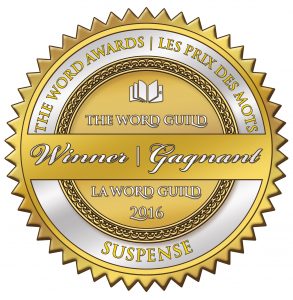Since the heroes of my Love Inspired Suspense series are undercover cops…
Lying is pretty much part of the job description. Whether they call it misleading, hedging, evading, fabricating, falsifying, distorting, misrepresenting, or spinning the truth, it’s all deception.
Since I’m working on a fourth book in the series (fingers crossed), I thought I’d read The Truth about Lying by Stan B. Walters, a provider of interview and interrogation services, as well as, training to business, industry and law enforcement agencies throughout the U.S. (He’s also known as The Lie Guy.)
I figured it would be a great resource from which to glean little “tells” that my cops can notice in suspects that are lying to them, not to mention, those my hero might exhibit while interacting with the heroine.
But the book has so much more–information you might like to know when that car salesman says this is the absolute best deal he can give you, or when your teenage son swears he’s never touched drugs.
Wednesday I’ll share some of the “tells”. Today, I want to share the key factors that exist when lying takes place: choice, ability and opportunity.
Choice – The person chooses to lie to either gain reward or avoid punishment, or because he’s unsure of the consequences of admitting the truth. The more that seems at stake, the more compelled he’ll be to lie.
Ability – good communication skills and intellect enhance a liar’s ability to lie well.
Opportunity – this is the only factor under the interrogator’s (or parent’s or shopper’s) control. To avoid being lied to make it unrewarding. If you can spot and challenge lies as they occur, the liar may be less likely to try again, or he may show more signs of deceit, thereby exposing himself.
Which brings us to an interesting topic of discussion: What’s our own role in encouraging deception?
As Mr. Walters says, no matter how good we get at detecting a lie, we’ll set ourselves up to be lied to if people are afraid to tell us the truth.
Your Turn: These questions are from the book. Please share what you’re comfortable with, perhaps examples from your own teen experiences or raising your children or buying that used car. *grin*
Do you make it difficult for people to tell you the truth as they see it because you react emotionally? Do you violently express hurt feelings? Are you easily offended? Do you punish your children if they admit they’ve done something wrong?
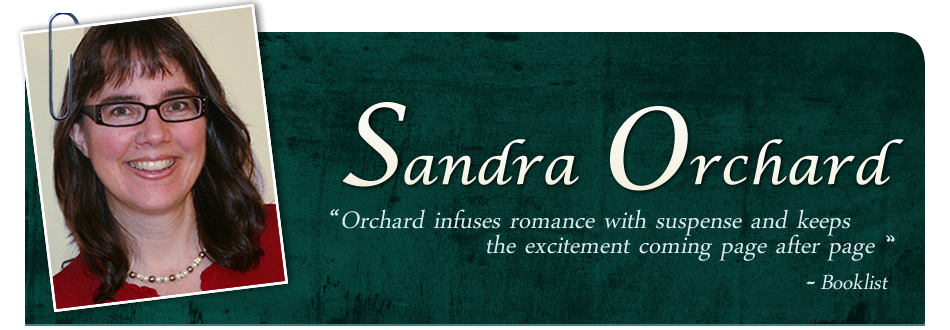

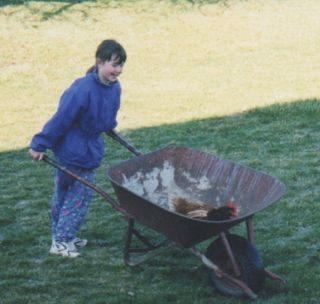



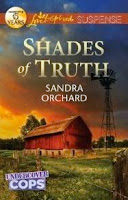

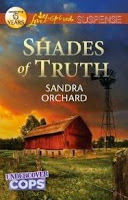


















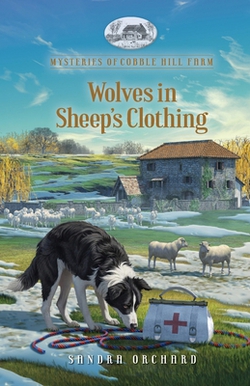

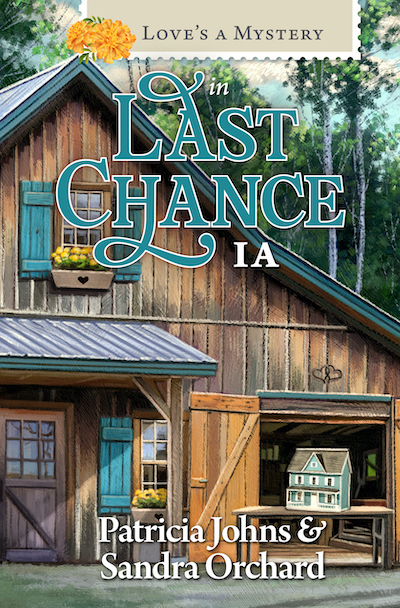

 RSS - Posts
RSS - Posts



